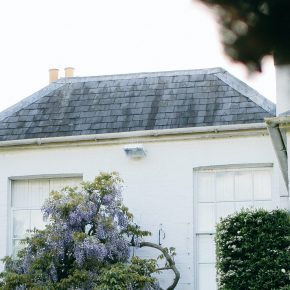
What are Roof Membranes?
Among the most important parts of your home is the roof overhead. Without a roof that functions well, the underlying building will rapidly deteriorate, and even become uninhabitable. Roof membranes play an important role in excluding water and ensuring the rest of the structure has protection. But exactly how are they made, and what function do they serve?
What makes a roof?
The average home in the UK has a pitched roof comprising several different components. Everything is built around a skeletal frame, usually made from timber. On top of this is placed a series of interlocking tiles, which distribute rainwater down into the guttering.
Beneath this is a waterproof roof membrane for added protection – a sheet of plastic acting as a barrier between the air inside the roof and the air outside.
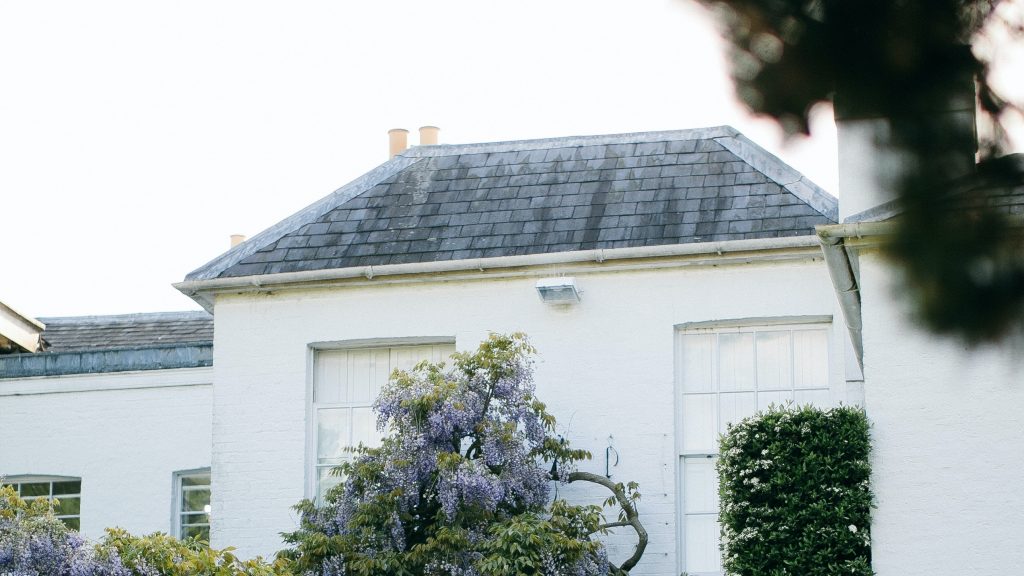
What is a Roof Membrane?
Roof membranes come in several different types. There are breathable membranes and non-breathable ones. The former is favourable in most settings, as there is a perception that they eliminate the need for separate ventilation elsewhere. This is not always entirely accurate, and it’s still often necessary to include additional ventilation around the ridge and eaves.
The most breathable types of membrane today are ‘air open’ and ‘vapour permeable’. These represent the cutting edge when it comes to breathability, and are a result of extensive R&D on the part of the manufacturers. They’re especially useful in complex roofs, such as those found in extensions, skylight-equipped loft conversions, and heavily partitioned apartment buildings where there are many breaks in the roof, and reduced opportunity for ventilation.
Up to date guidelines can be found in British Standard BS 5250, which deals with the control of condensation in buildings.
How does a Roof Membrane Work?
The membrane’s job is to exclude external moisture from the underlying structure. While rainwater might not be able to directly pass through the tiles and into the roof, airborne droplets can find their way through. The membrane is placed on the ‘cold’ side of the insulation, and will allow moisture to pass from the inside to the outside, and still allow air to circulate below, limiting the likelihood of damp and other moisture-related problems.
How long do they last?
If a membrane doesn’t incur direct damage, it should last for several decades with minimal maintenance. It is, after all, just a large sheet of plastic. Therefore, it’s important to ensure the right sort of membrane is chosen at the outset.
Latest news
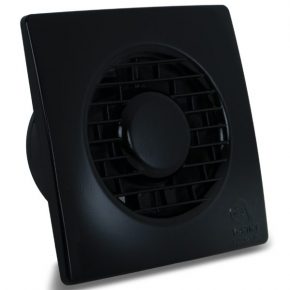
2nd May 2024
Introducing the on trend Black Bathroom Fan by Vortice
Vortice, a leading manufacturer of ventilation solutions, proudly announces the launch of its newest addition to the Punto Filo domestic fan range: the sleek 4” black bathroom fan.
Posted in Air Conditioning, Articles, Bathrooms, Bedrooms & Washrooms, Building Industry News, Building Products & Structures, Building Services, Facility Management & Building Services, Heating, Ventilation and Air Conditioning - HVAC, Innovations & New Products, Interiors, Restoration & Refurbishment, Retrofit & Renovation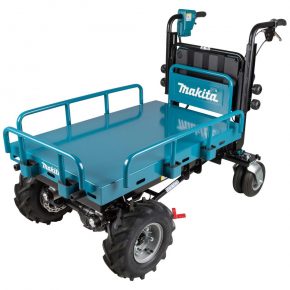
1st May 2024
Easy transportation with Makita’s DCU601 36V LXT
Power tool manufacturer Makita has added a new battery powered wheelbarrow to its extensive LXT outdoor power equipment range.
Posted in Articles, Building Industry News, Building Products & Structures, Garden, Hand Tools, Innovations & New Products, Plant, Equipment and Hire, Power Tools, Restoration & Refurbishment, Retrofit & Renovation, Site Preparation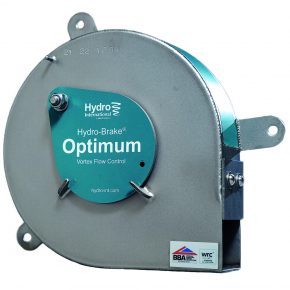
1st May 2024
Hydro International incorporates future-proof design for Hydro-Brake® Optimum
Hydro International, an industry leader in water management products and services, is redefining the standard for hydraulic efficiency and adjustability.
Posted in Articles, Building Industry News, Building Products & Structures, Building Regulations & Accreditations, Building Services, Drainage, Drainage Services, Drainage, Guttering, Soffits & Fascias, Facility Management & Building Services, Information Technology, Innovations & New Products, Plumbing, Retrofit & Renovation, Sustainability & Energy Efficiency
30th April 2024
ASSA ABLOY Door Group strengthens offering with partnership
ASSA ABLOY Door Group is proud to announce a new internal restructure that sees the company joining forces with all comparable business units across Europe, the Middle East, India and Africa, to form a new global division – the ASSA ABLOY EMEIA Door Business Segment.
Posted in Access Control & Door Entry Systems, Architectural Ironmongery, Articles, Building Associations & Institutes, Building Industry News, Building Products & Structures, Building Services, Doors, Facility Management & Building Services, Restoration & Refurbishment, Retrofit & Renovation, Security and Fire Protection
 Sign up:
Sign up: